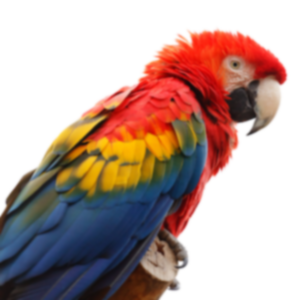https://github.com/codebox/image_augmentor
Data augmentation tool for images
https://github.com/codebox/image_augmentor
data-augmentation image-augmentor machine-learning
Last synced: 6 months ago
JSON representation
Data augmentation tool for images
- Host: GitHub
- URL: https://github.com/codebox/image_augmentor
- Owner: codebox
- Created: 2016-09-11T12:48:47.000Z (over 9 years ago)
- Default Branch: master
- Last Pushed: 2023-10-03T21:37:59.000Z (about 2 years ago)
- Last Synced: 2025-04-01T06:33:35.634Z (9 months ago)
- Topics: data-augmentation, image-augmentor, machine-learning
- Language: Python
- Homepage: https://codebox.net/pages/image-augmentation-with-python
- Size: 16.6 KB
- Stars: 454
- Watchers: 8
- Forks: 156
- Open Issues: 6
-
Metadata Files:
- Readme: README.md
Awesome Lists containing this project
- Awesome-Object-Detections - Image Augmentor
README
## Image Augmentor
This is a simple data augmentation tool for image files, intended for use with machine learning data sets.
The tool scans a directory containing image files, and generates new images by performing a specified set of
augmentation operations on each file that it finds. This process multiplies the number of training examples that can
be used when developing a neural network, and should significantly improve the resulting network's performance,
particularly when the number of training examples is relatively small.
Run the utility from the command-line as follows:
python main.py ...
The `` argument should be the path to a directory containing the image files to be augmented.
The utility will search the directory recursively for files with any of the following extensions:
`jpg, jpeg, bmp, png`.
The `transform` arguments determine what types of augmentation operations will be performed,
using the codes listed in the table below:
|Code|Description|Example Values|
|---|---|------|
|`fliph`|Horizontal Flip|`fliph`|
|`flipv`|Vertical Flip|`flipv`|
|`noise`|Adds random noise to the image|`noise_0.01`,`noise_0.5`|
|`rot`|Rotates the image by the specified amount|`rot_90`,`rot_-45`|
|`trans`|Shifts the pixels of the image by the specified amounts in the x and y directions|`trans_20_10`,`trans_-10_0`|
|`zoom`|Zooms into the specified region of the image, performing stretching/shrinking as necessary|`zoom_0_0_20_20`,`zoom_-10_-20_10_10`|
|`blur`|Blurs the image by the specified amount|`blur_1.5`|
Each transform argument results in one additional output image being generated for each input image.
An argument may consist of one or more augmentation operations. Multiple operations within a single argument
must be separated by commas, and the order in which the operations are performed will match the order in which they
are specified within the argument.
### Examples
Produce 2 output images for each input image, one of which is flipped horizontally, and one of which is flipped vertically:
python main.py ./my_images fliph flipv
Produce 1 output image for each input image, by first rotating the image by 90° and then flipping it horizontally:
python main.py ./my_images rot_90,fliph
### Operations
#### Horizontal Flip
Mirrors the image around a vertical line running through its center
python main.py ./my_images fliph
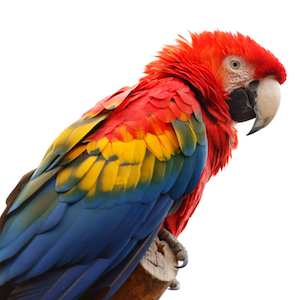
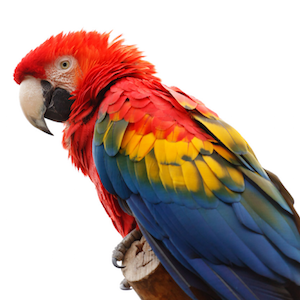
#### Vertical Flip
Mirrors the image around a horizontal line running through its center
python main.py ./my_images flipv


#### Noise
Adds random noise to the image. The amount of noise to be added is specified by a floating-point numeric value that is included
in the transform argument, the numeric value must be greater than 0.
python main.py ./my_images noise_0.01 noise_0.02 noise_0.05

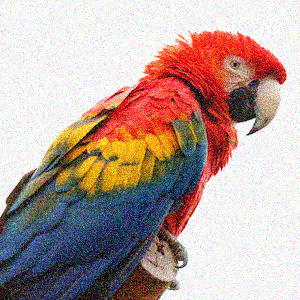
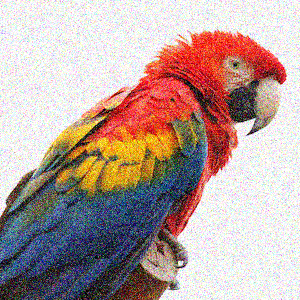
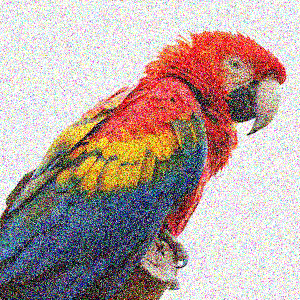
#### Rotate
Rotates the image. The angle of rotation is specified by an integer value that is included in the transform argument
python main.py ./my_images rot_90 rot_180 rot_-90

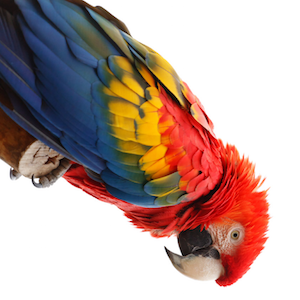
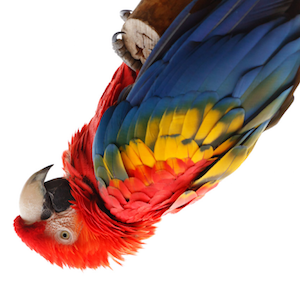
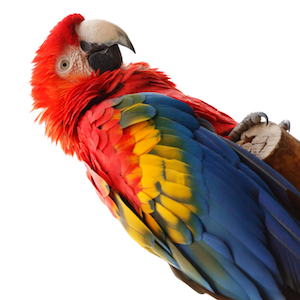
#### Translate
Performs a translation on the image. The size of the translation in the x and y directions are specified by integer values that
are included in the transform argument
python main.py ./my_images trans_20_20 trans_0_100

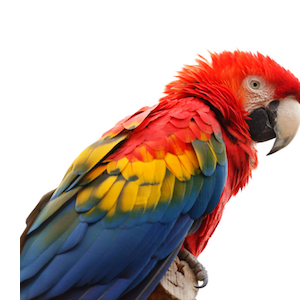
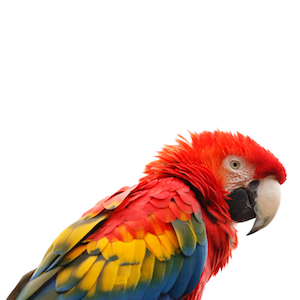
#### Zoom/Stretch
Zooms in (or out) to a particular area of the image. The top-left and bottom-right coordinates of the target region are
specified by integer values included in the transform argument. By specifying a target region with an aspect ratio that
differs from that of the source image, stretching transformations can be performed.
python main.py ./my_images zoom_150_0_300_150 zoom_0_50_300_150 zoom_200_0_300_300

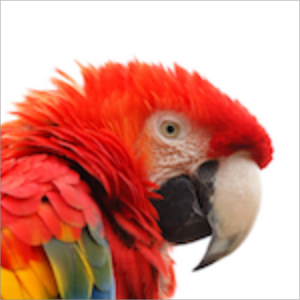
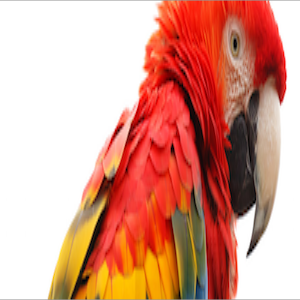
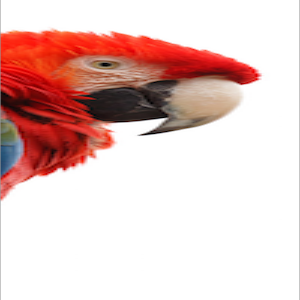
#### Blur
Blurs the image. The amount of blurring is specified by a floating-point value included in the transform argument.
python main.py ./my_images blur_1.0 blur_2.0 blur_4.0

